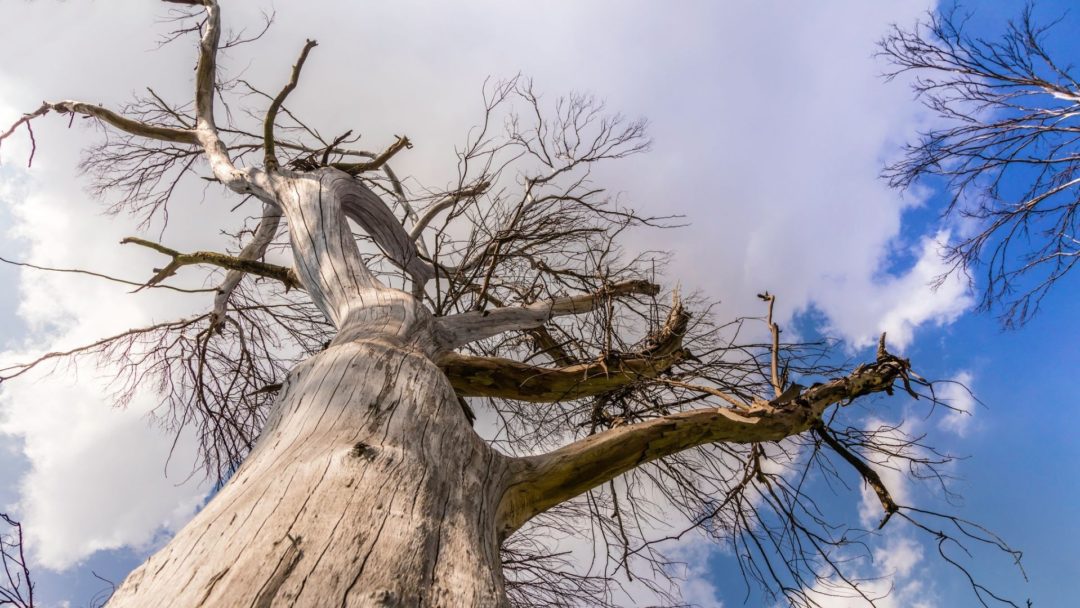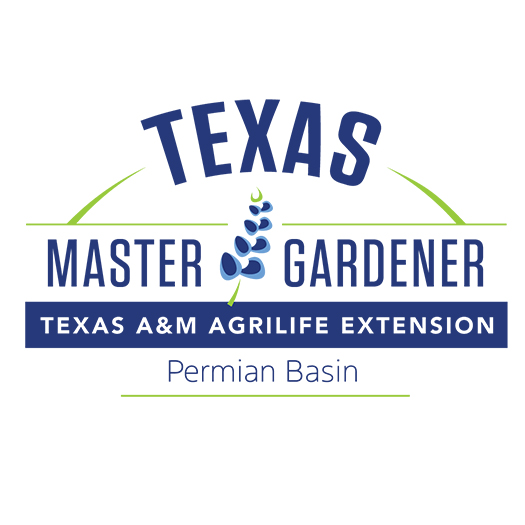By Debbie Roland and
Emmy Ulmschneider
Master Gardeners
In the past weeks we have discussed which trees grow best in West Texas and how to plant trees. Unfortunately, there are times when the wrong tree has been planted, planted incorrectly, or has simply reached the end of its lifespan. When that happens, it is time to remove it. How do you go about that? Keep in mind that most large tree pruning, and removal are not a job for the average homeowner. Both the Midland and Odessa offices of AgriLife Extension have a list of licensed arborists in our area.
How do you know if a tree must go? The decision to remove a tree is not easy and can be based on a variety of reasons including size, location, impact on other trees, tree health, and suitability for our area. In addition, there are often personal reasons such as sentimental value or family value.

To decide about a tree, ask yourself these questions:
- Is the tree in a hazardous location or under power lines? A hazardous location could include interfering with traffic sightlines or planted too close to a structure. Generally, trees should be at least 20’ away from any structure. Pruning, thinning, or removing large trees under power lines is a job for the professional. Be safe and always call an expert for help.
- Is the tree healthy? Signs of infection to look for include dead branches, soft, or rotting wood and discolored leaves. If the tree is no longer growing leaves, starts to randomly drop branches, or just seems stunted, there is a reason for this and you need to address the issue. Likewise, is you see decay or defects in the roots, as evidenced by fungi growing near the base of the tree, means there is a problem that cannot be ignored. Likewise, fungi growing on the trunk of a tree indicates internal rot. Sprouts or small branches coming from the base of the tree are a sign of stress and indicate there is a problem.
- Are there dead branches? Large dead branches at the top of the tree are known as widow-makers. As the name states they are dangerous and may fall and hit property or worse, you or your neighbors. Dead branches on the same side of a tree may result in a lopsided tree. After a major storm, evaluate how many branches are damaged. If 75% of the branches are intact, the tree will probably survive.
- Is there enough space for the tree to grow? Large trees should be at least 20’ from your house. You do not want large branches overhanging your home or interfering with your activities or the growth of other trees in your yard.
- Is your tree suitable for our area? When I moved into my house thirty years ago, fruitless mulberry, mimosas, and Arizona ash dominated our yard. Over time I have replaced them with native trees including Chinquapin Oak, Mountain Mulberry, Pinon Pine, and native shrubs such as Apache Plume, Mexican Buckeye, and Agarita. All survived both Winter Storm Uri and the recent hot weather.
If you are planning to replace a tree or shrub, check out the PBMG Recommended Plant List on our website.
If you have questions, call the AgriLife office in Odessa at 498-4071 or in Midland at 686-4700. Additional information, and our blog for access to past articles, is available at westtexasgardening.org. Click on “Resources.”




